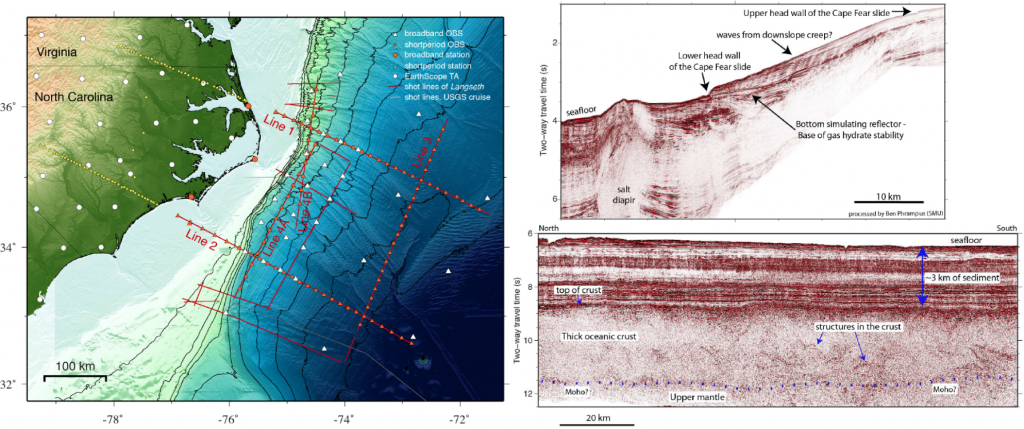Please plan to attend the 2015 EarthScope National Meeting!
We are finishing the final touches on the National Meeting web site so that should be available in the next few days. Participants can register for the meeting and field trip and also submit abstracts once it’s live.
Please take note of these deadlines (we will send out another email when the website is ready):
Travel Support Scholarship for Early Career Scientists Application Deadline: Monday, April 20
Scholarship Notifications: Friday, May 1
Hotel Reservation Deadline: Wednesday, May 13
(Reservations will be accepted on a space available basis after the cut-off date)
Registration Deadline: Friday, May 29
Abstract Deadline: Friday, May 29
Special thanks to the organizers for their efforts:

